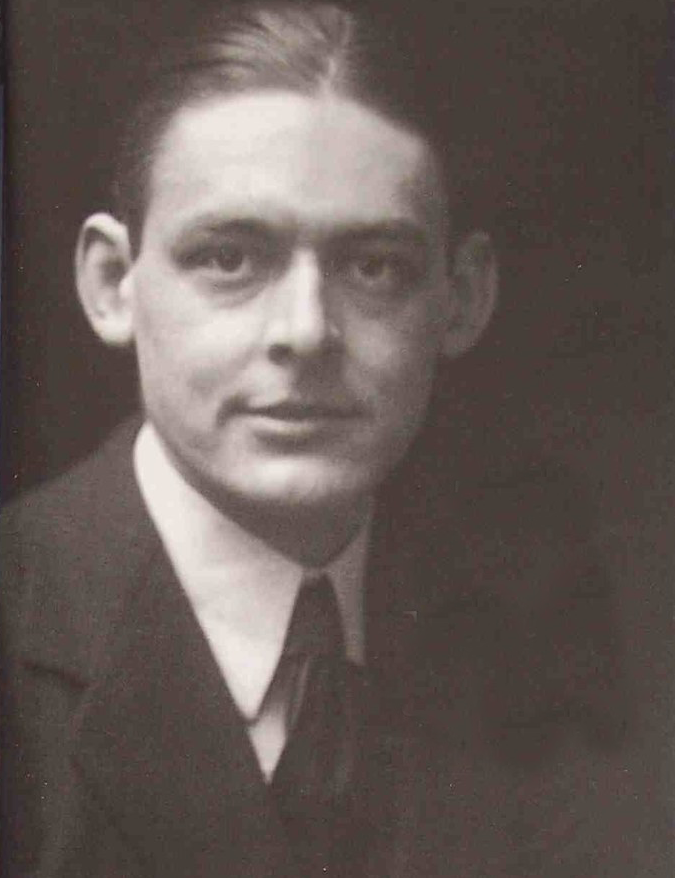T.S Eliot
Thomas Stearns Eliot (T.S Eliot) was one of the most respected poets of the 1900s, writing complex works that shone a light on humanity’s relationship with time, religion and death.
Born in 1888 in Missouri, U.S.A, Eliot grew up fascinated with literature and books. Biographers and friends alike have attributed this to the congenital double inguinal hernia he suffered from as a young child, something that prevented him from taking part in physical activities and keeping him inside. With nothing else to do, he turned to books, and soon found himself engrossed in tales of the wild west, showing a particular obsession with the adventures and stories of Mark Twain’s Tom Sawyer. Eliot himself stated that he was inspired by the dramatic surroundings of St Louis and the Mississippi River. He would live in St Louis for the first sixteen years of his life, before attending Harvard University in 1906, graduating with both a Bachelor of Arts in comparative literature, and a Masters of Arts in English.
In 1914, Eliot was awarded a scholarship to study at Merton College in Oxford University. It was during this period that he fell in love with London and England in general. Eliot became friends with influential American literary figure, Ezra Pound who would introduce him to many other artists and writers. He also married Vivienne Haigh-Wood in 1914, although the couple would separate in 1933 due to Vivienne’s deteriorating mental condition.
T.S Eliot moved to Marlow in 1918, while working at Lloyd’s Bank foreign department in London, also teaching English at the Royal Grammar School in High Wycombe. It was in Marlow that he wrote some of his most interesting works, including Gerontion and the Waste Land. The building he lived, 31 West Street, would go on to house the Vanilla Pod.
Eliot only wrote a short number of poems compared to his poetic colleagues, but he has become one of the most celebrated English literary figures, inspiring many with his poems and plays. He died in 1965 at his home in Kensington, London, and his buried at St Michaels and All Angels church in East Cocker.
